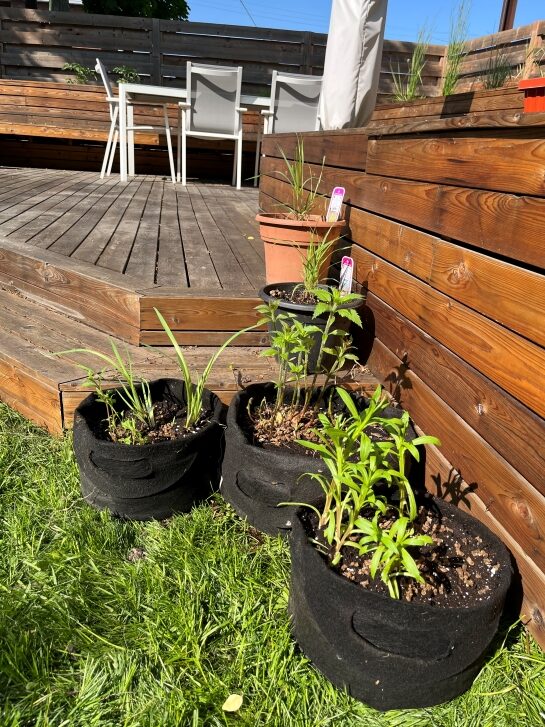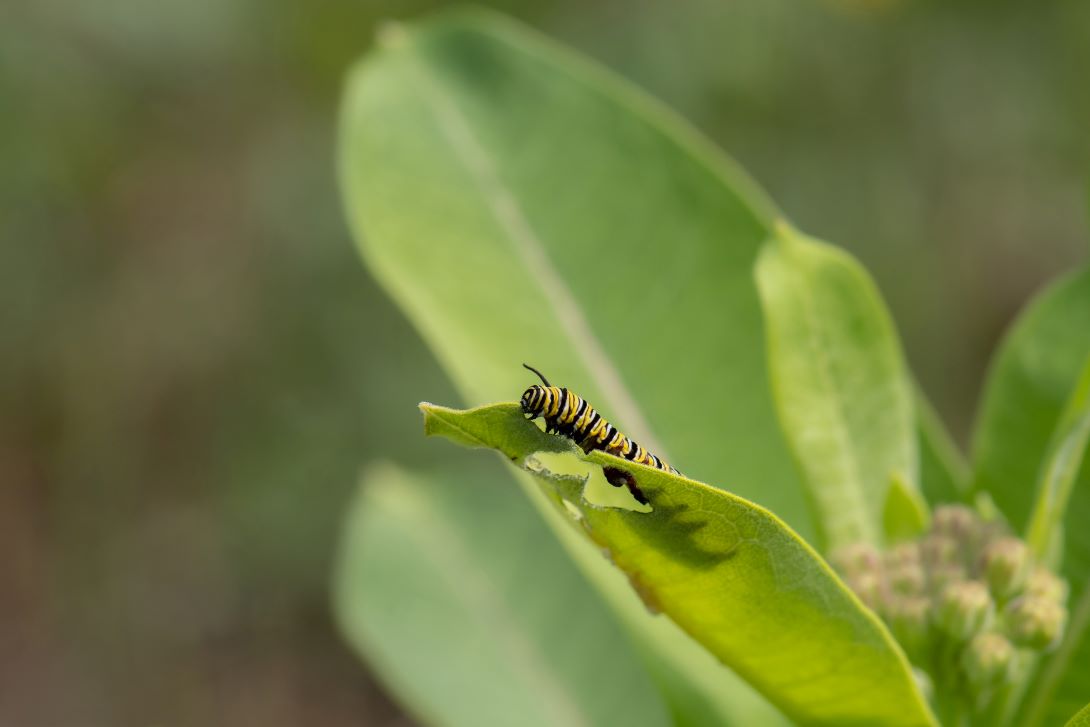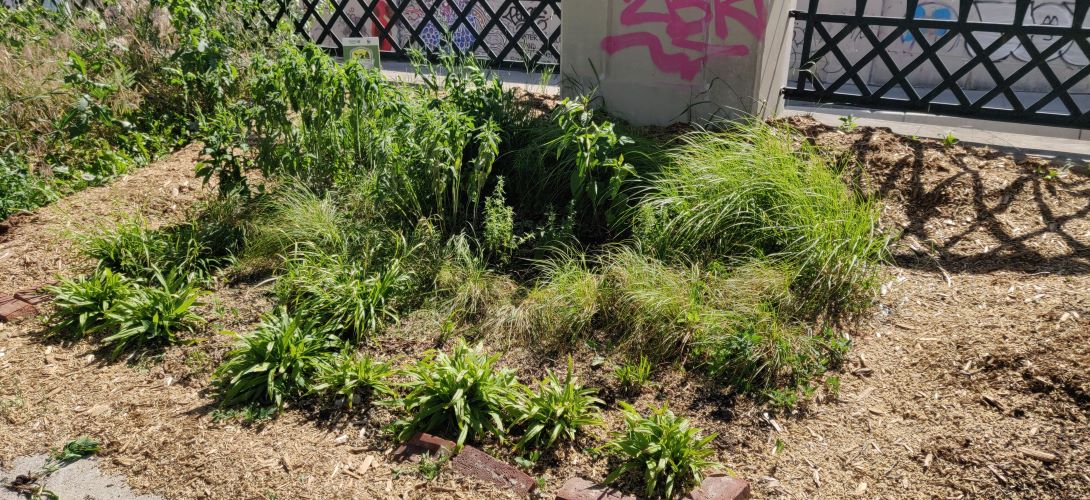The results are in: A (green) thumbs-up for growing native plants in our cities
By guest blogger and former WWF-Canada intern Brontë Mutukistna
Biodiversity is decreasing in Canada and all around the world — and ever-expanding cities are part of the reason. But those of us who live in these urban areas can do something about it. Our gardens, yards and community greenspaces provide an opportunity to support native plants and wildlife.

The past few decades have seen a rise in native plant enthusiasm: news articles, environmental campaigns, programs like our re:grow and In the Zone, and community advocates have been calling for more native plants in urban landscapes.
Recent research underscores the importance of this “growing” movement, and it’s not limited to biodiversity benefits. Choosing native plants over exotic ones can also reduce the need for costly and environmentally damaging maintenance practices.
Here are some key takeaways from recent studies:
Small habitat patches make a big difference
Researchers at Ottawa’s Carleton University analyzed 32 datasets representing habitat patches on various continents, finding that more species were present across several small habitat patches than in large patches of the same total area. In urban environments, where large greenspaces are rare, smaller scale spaces such as residential gardens, street plantings and small parks can play a critical role in supporting urban biodiversity.
Native plants are essential for biodiversity
A 2009 study examining suburban areas in Pennsylvania reported significantly more caterpillar species, as well as greater bird diversity and abundance, in native plant gardens in comparison to non-native plant gardens. Native plants play a critical role in insect reproduction: 90 per cent of insects can reproduce only on plants with which they share an evolutionary history. Insect reproduction can greatly affect bird species that rely on insects for food and send impacts along the larger food chain. In other words, growing native plants can create a positive “ripple effect” across the ecosystem.

Switching to native plants can reduce maintenance costs while boosting biodiversity benefits
Native plants are often celebrated for being low-maintenance as they’re better adapted than non-native plants to local environmental conditions. This principle was borne out by research in Austin, Texas, indicating that front lawns planted with native grasses had less weed cover than those planted with non-native grasses, reducing the need for damaging fertilizers and chemicals. Native grasses were also observed to have a slower growth rate and could be mowed less often.
Beyond North America, research based in Riedstadt, Germany, analyzed the conversion of roadside plantings from exotic species to native wildflower meadows. Findings demonstrated that maintenance costs were five times higher for the exotic plantings and that the density of arthropods (a group including insects, spiders and millipedes, among others) increased in wildflower meadows. This provides further evidence that making the shift to native plants can be a cost- and labour-saving way to support local biodiversity.

Gardening can play a role in plant biodiversity conservation
In a “Perspective” article in Nature Sustainability, researchers in Germany propose conservation gardening as an approach to plant species conservation. The authors point out how people can create garden conditions that emulate the habitat of threatened native species, considering characteristics such as light exposure or soil types, and cite research exemplifying how cultivating declining plants can help their populations rebound. For example, horticulture has helped support a 65-per cent increase in the population of common grape hyacinth (Muscari botryoides) in recent decades in Germany where it is a native species. Growing native plants at home and in our communities is thus an opportunity to increase the biodiversity of plant species as well as that of the wildlife they support.
To learn more about growing native plants in cities or anywhere in Canada, visit wwfcastg.wwf.ca/regrow.
Brontë is a Master of Landscape Architecture student at the University of British Columbia. Through the Sustainability Scholars Program, she completed a four-month internship at WWF-Canada examining topical research on the benefits of native plants in urban spaces.
